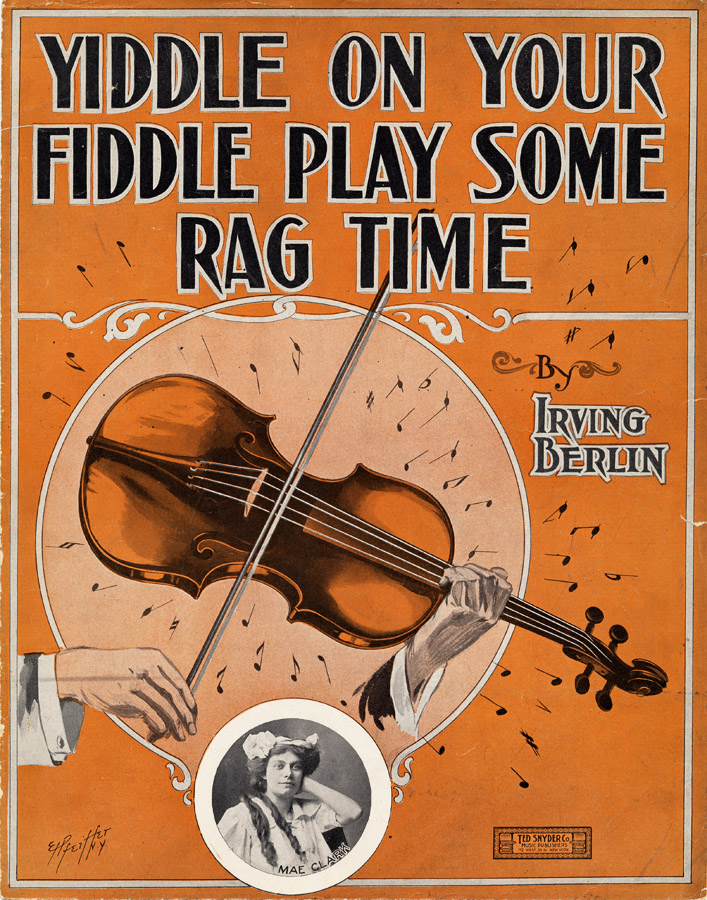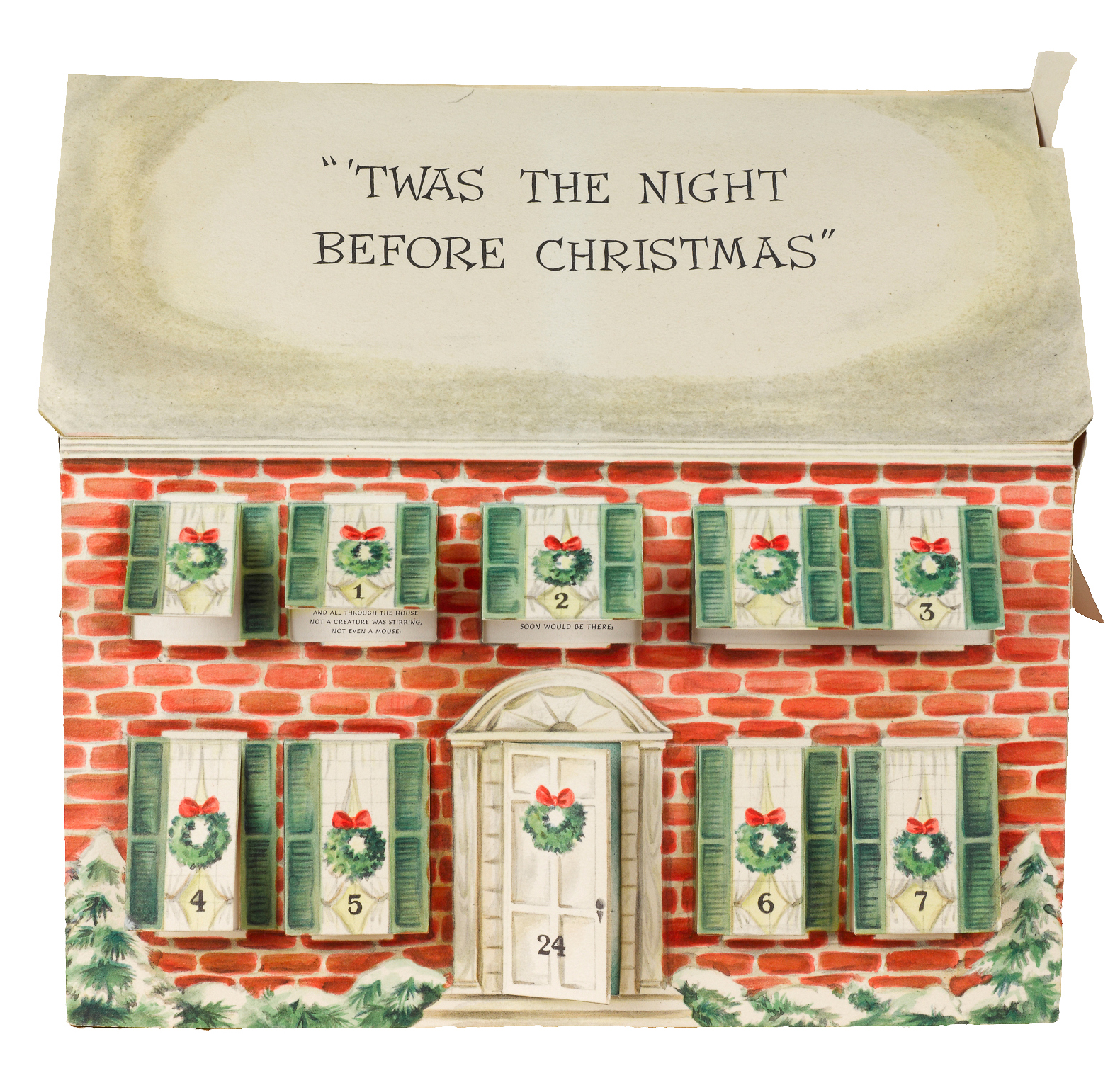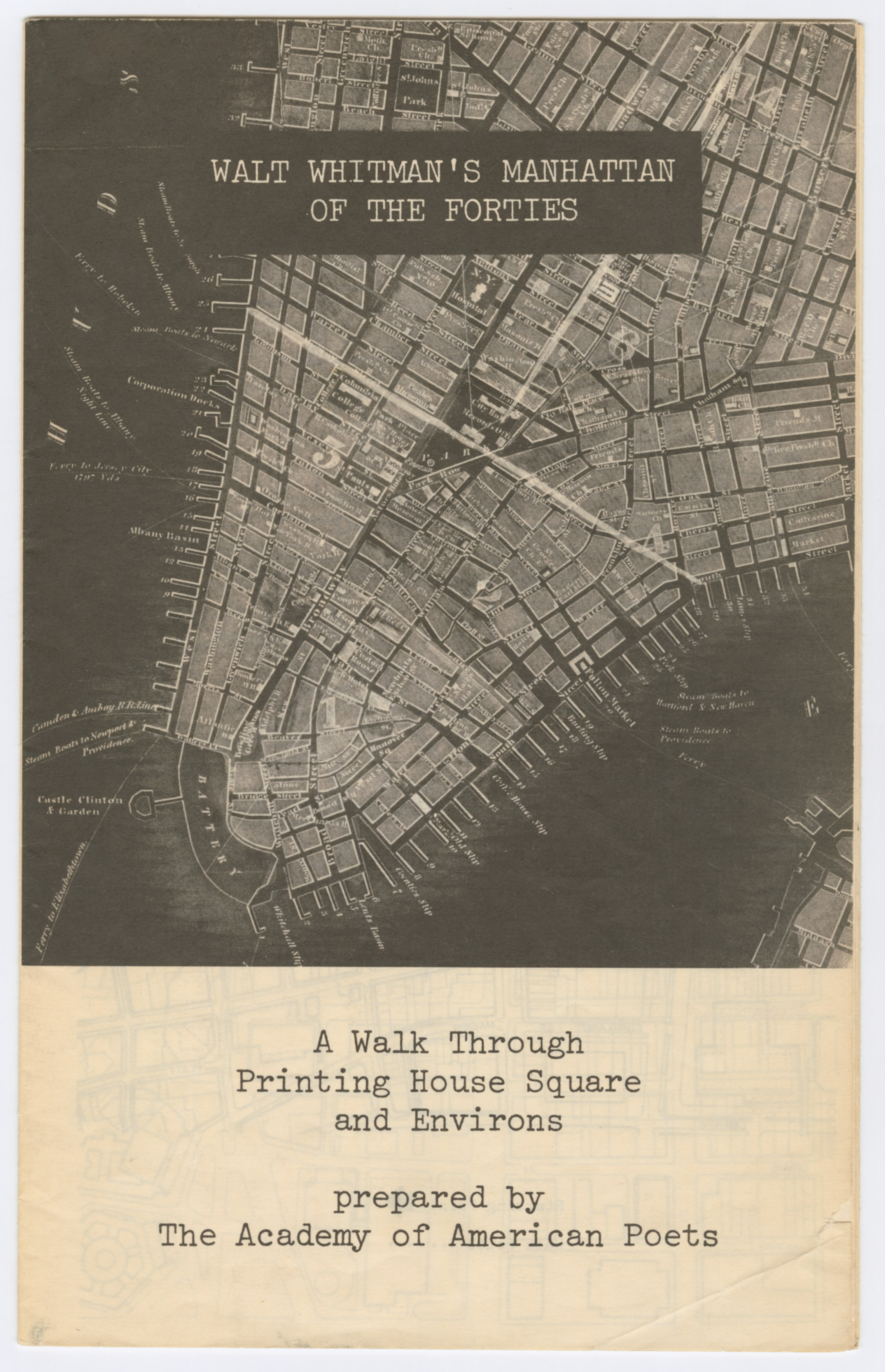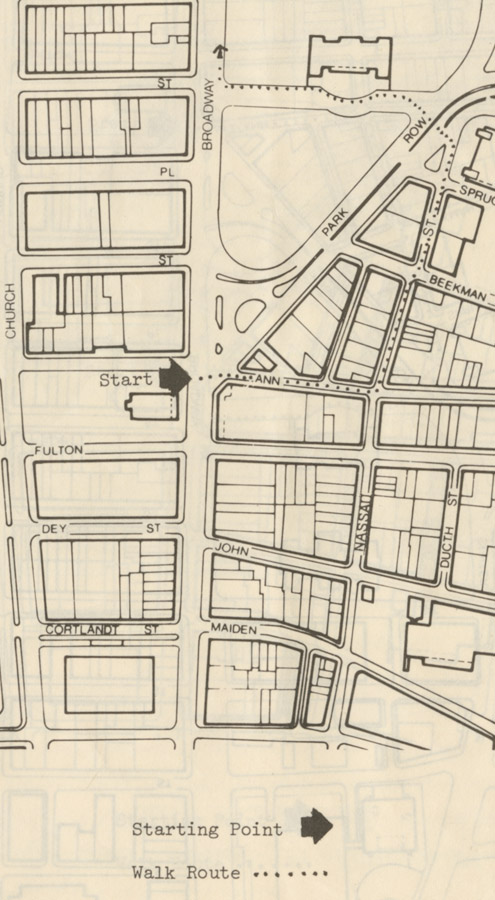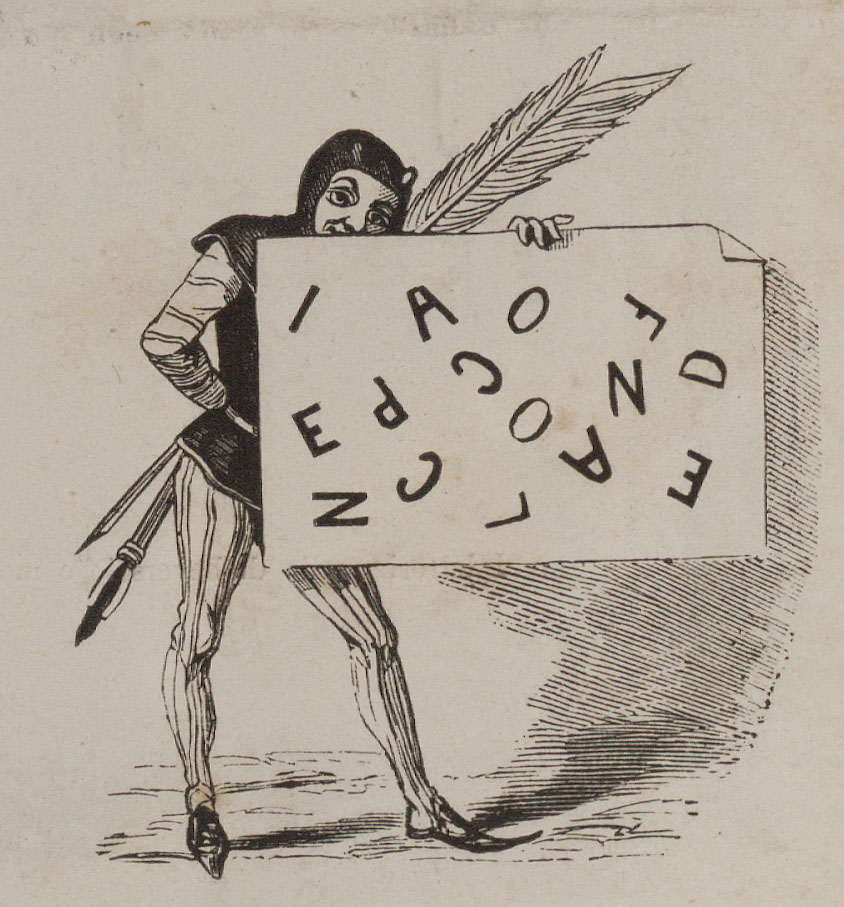Interior Designs
Much of the work that we do here at DPS involves objects and items from the Brown Library’s Special Collections. These are housed in the John Hay Library, which just recently celebrated its Centennial. It is a gorgeous building, and many of the simple, white wooden doors belie the beautifully curated spaces beyond.
The Bruhn Memorial Reading Room is one such room. When I was asked for photograph it for Brown’s new version of the History & Guide to Special Collections, I had never actually been in the room before. Home to part of the Special Collections, and featuring warm wood paneling and tall windows that overlook Prospect Street, the Bruhn Room is used for a variety of purposes within the library, from classes and private study, to candidate presentations and meetings, to videotaped interviews with students and visiting scholars.
It’s a beautiful space, to be certain, but it’s difficult to capture all of this photographically. To capture all the elements of the room; from the paneling and windows, to the many books, objects, furniture and chandelier, I had to make many exposures that I could use to blend together to create one single, merged image. I shot a great many images, varying both the exposures (to pick up the detailing under the tables, in the bookcases, and on the ceiling), and the white balance (to correct for the overhead lights as well as the window light from outside). Although I did use a specialized lens (a 24mm tilt-shift lens, like the one in this video) to correct for perspective issues, I also had to make a final perspective correction as well.
The final image came out very strong, and ended up being published in The Manuscript Society News (vol 31, no. 4). Below you will see the progression of images as I compiled the final image, building up exposures and color balance. n.b.: You can click on any image to make it larger, and then click through the images to view one at a time.

Image 3: A MUCH darker exposure, to bring out the details in the ceiling, washed out in the previous exposures.

Image 4: Image correction in Photoshop to correct the ceiling color and luminance but preserve the detail of the chandelier.

Image 6: An exposure the same as Image 5, but set to daylight white balance to correct the blue tone.

Image 8: A minor contrast adjustment on the same strip of ceiling, to show the detailing and sculptural quality of the ceiling.

The final image, with perspective adjustments to compensate for shooting at a wide angle in an enclosed interior space.








